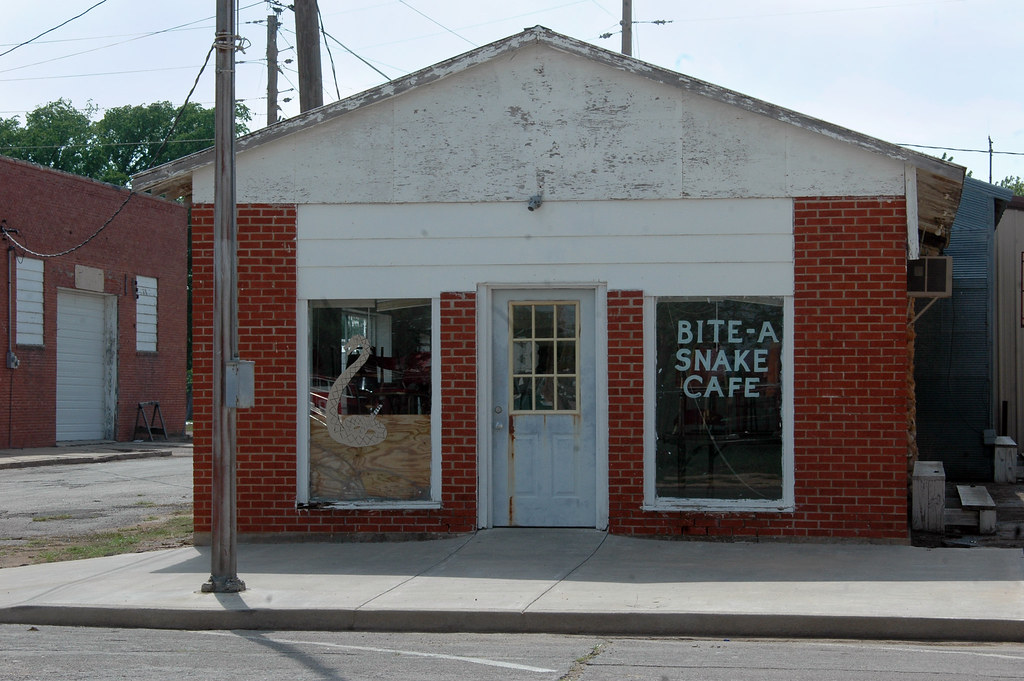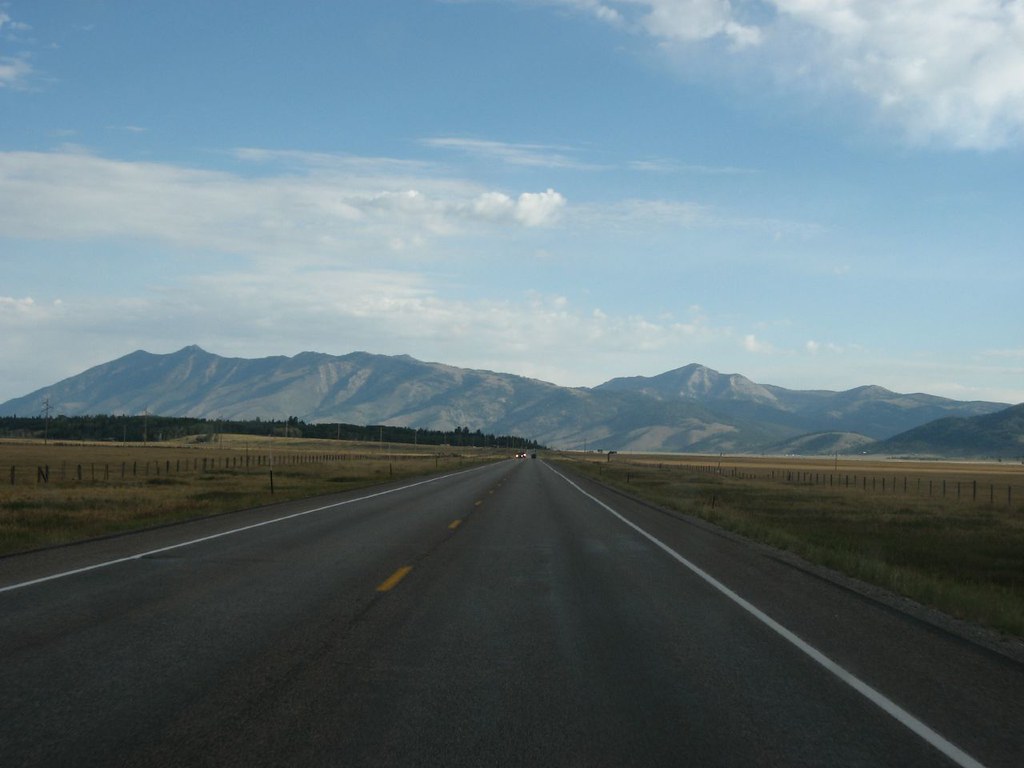As I mentioned in Part 1, the first installment dealt with physical post offices and this one will focus on methods of postal delivery. Both featured examples drawn primarily from the United States Postal Service’s “fun facts” page.
Mule

Pack animals would seem to be an antiquated method of mail delivery. Certainly horses, mules or donkeys had their heyday up until about a century ago. Then the upstart horseless carriage replaced them, unceremoniously.
A modern semi-truck might have around 400-450 horsepower. A draft horse has, um, one. It didn’t take long for postal authorities to ditch animals and transport mail by mechanical means. That became a universal standard nationwide for the obvious reasons. However, pack animals continue to serve one incredibly inaccessible location. They bring mail to Arizona’s Grand Canyon, or more specifically the bottom of the Grand Canyon.
Supai, Arizona (map) would be an excellent candidate for the most remote settlement in the Lower 48 states. No roads lead there. That would be impossible. Access requires a helicopter or a strenuous hike down an 8 mile (13 kilometre) trail. Nonetheless two hundred people lived in Supai, the primary town of the Havasupai Tribe. They’ve been there for at least a thousand years and of course now require postal services just like everyone else. Mule trains continue to be the most cost-effective method. The USPS estimated each mule hauled about 130 pounds (59 kg) of postcards, letters or packages.
They used the same method to deliver mail to the National Park Service’s Phantom Ranch, elsewhere at the bottom of the canyon.
Boat

Large freighters travel regularly throughout the Great Lakes hauling grain, coal, iron ore and other commodities, as I learned from my visit to the Great Lakes Floating Maritime Museum. Mariners spent a lot of time away from home although not too far away from land. So the Postal Service devised a way to get mail to these sailors as they passed through a narrow slot near the midpoint (map). The J. W. Westcott Co., established in 1874, won the contract to deliver mail to the freighters using its 45-foot boat.
“Along the Detroit River, on any given day, a well-known diesel motorship brushes up against a much larger, passing vessel. A rope and bucket are lowered from the ship to the smaller boat, where messages, mail and other items are placed and raised back up. It’s the tradition called ‘mail in the pail’ …and a legacy known as J.W. Westcott, the most reliable and dependable marine delivery service on the Great Lakes.”
The boat even received its own ZIP Code, 48222.
Missile

It was one of those things that sounded good at the time.
“On June 8, 1959… the Navy submarine USS Barbero fired a guided missile carrying 3,000 letters towards the naval auxiliary air station in Mayport, Florida. Racing along at about 600 miles per hour, the guided missile traveled the more than 100 miles from the deck of the submarine off the coast of Florida to the air station in about 22 minutes… [Postmaster General] Summerfield was quoted as saying, ‘mail will be delivered within hours from New York to California, to England, to India or to Australia by guided missiles.’ History proved differently.”
Mail in this experiment traveled as the payload within a Regulus guided missile, with the letters replacing a nuclear warhead. An example of such an imposing missile appears today at the Intrepid Sea, Air & Space Museum, in New York City as presented above (and map).
What could possibly go wrong with a missile-based postal delivery service during the height of the Cold War? The test worked perfectly, other than the possibility of sparking an accidental nuclear Armageddon. It didn’t save much time or money either in an era when jet-powered airmail became feasible. So it faded away.
Longest Postal Delivery Route

The longest rural delivery route caught my attention. According to the USPS that honor went to Route 081 based out of Mangum, Oklahoma (map). I had a hard time finding more information about the service because I was an idiot and my brain converted Mangum to Magnum. I’m not sure if I had guns, big bottles of wine or a cheezy television show from the 1980’s starring Tom Selleck on my mind at the time. I had no trouble finishing my research once I put that little issue behind me though: MAN-gum.
Apparently the subject captured popular imagination as well. The story of septuagenarian Jim Ed Bull and his 187.6 mi (302 km) route that served only 240 customers appeared prominently in both Bloomberg and the NBC Nightly News in 2013. There’s no sense in me repeating it though so feel free to go to either of those sites.
Longest Main Street

This one might have been a little bogus although I enjoyed the story. Main Street was and has been the most common street name in the United States, no argument there. Of all of the Main Streets though, one of them had to be the longest. So the USPS noted that it was Main Street in Island Park, Idaho (map) at 33 mi (53 km).
Unfortunately I couldn’t find an actual “Main Street” in Island Park. The entire length seemed to bear the signage of US Route 20. Nonetheless, Island Park claimed it had the longest instance (see the banner on the city’s website) and various local business repeated the mantra. Even so, it appeared to be a marketing gimmick.
“The city of Island Park, for all other descriptive words, is ‘unique’ in its entirety. It was incorporated in May 1947 to meet a state law requiring businesses that serve or sell alcoholic beverages to be within incorporated towns. The city’s government at the time drew up the city’s boundaries to include all the businesses from the Last Chance area north to the Montana border that desired licenses to serve and sell alcoholic beverages. All other areas of what is now known as the Island Park Recreational area remained in Fremont County.”
It was about booze. Local lodge owners cobbled together a town 33 miles long and only 500 feet (150 m) wide astride US Route 20 so their patrons could drink. For that, they deserve to remain on the superlatives list forevermore.

Leave a Reply